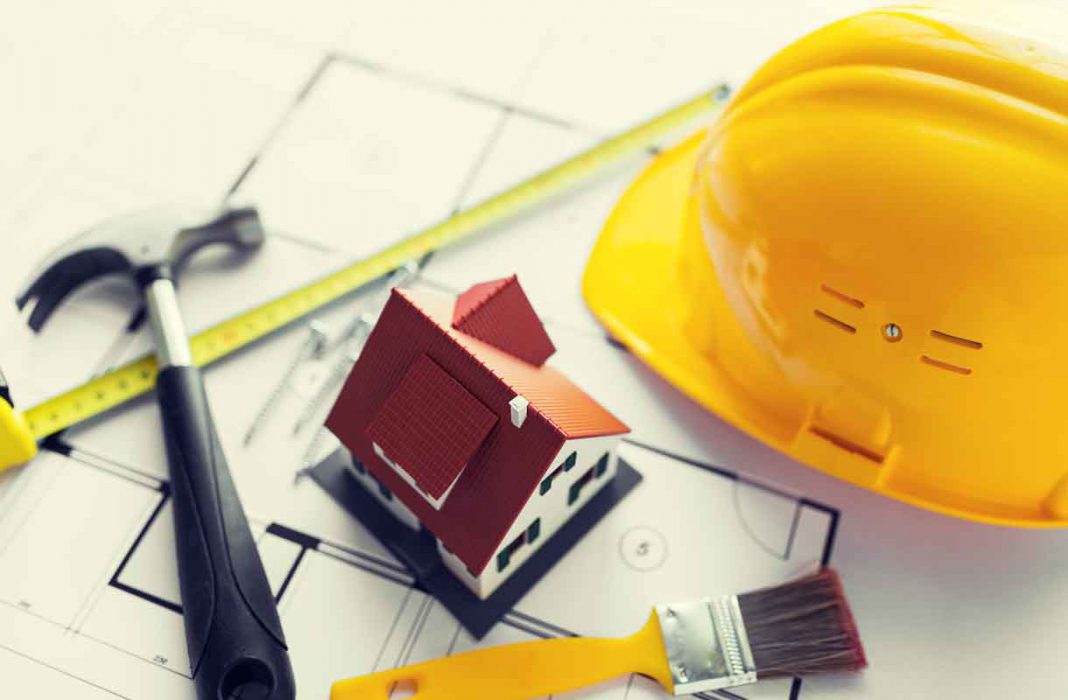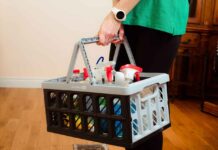When it comes to windows installation, the process can either be a smooth sail or a rocky road. Whether you’re a tech wizard or a novice, navigating through the setup journey can be both exhilarating and daunting. From seamless updates to unexpected errors, the world of Windows installation is a realm of contrasts. One moment, you’re reveling in the simplicity of a successful installation; the next, you might find yourself entangled in a web of troubleshooting woes.
Assess Home Energy Use
Conducting a home energy assessment is crucial to understanding how energy is utilized in a household. By assessing areas of improvement, homeowners can identify where energy is being wasted and make necessary changes. This process involves inspecting insulation, appliances, and windows installation to ensure they are energy-efficient.
An initial home energy evaluation can reveal opportunities for upgrades that can lead to significant cost savings over time. By hiring a home energy expert, homeowners can receive professional advice on how to reduce their home utility expenses. This expert can recommend improvements such as installing programmable thermostats or upgrading to energy-efficient appliances.
Analyzing Energy Consumption Patterns
Analyzing energy bills provides valuable insights into when energy consumption peaks in a household. By examining total household energy use over different periods, homeowners can pinpoint high consumption times and adjust their habits accordingly. For instance, if energy usage spikes during certain hours, it might indicate excessive reliance on power-hungry devices during those times.
Enhance Energy Efficiency
Sealing air leaks around windows installation and doors is crucial to prevent energy loss. By addressing these gaps, you can significantly improve your home energy efficiency. Utilize weatherstripping or caulking to seal any noticeable leaks effectively.
Upgrade to Energy-Efficient Appliances
Upgrading to energy-efficient appliances is a key step in enhancing energy efficiency at home. These appliances consume less electricity, leading to energy savings over time. Look for appliances with high Energy Star ratings for optimal efficiency.
Utilize Programmable Thermostats
Programmable thermostats offer precise temperature control, contributing to overall energy efficiency. By setting specific temperatures for different times of the day, you can reduce unnecessary heating or cooling, resulting in potential energy savings. Embrace this technology to elevate your home’s energy efficiency.
Upgrade Appliances
Invest in ENERGY STAR certified appliances to maximize efficiency and reduce energy consumption. These appliances are designed to meet strict energy efficiency guidelines set by the Environmental Protection Agency.
- Opt for appliances equipped with advanced features like eco modes;
- Consider replacing old appliances over 10 years with newer, more energy-efficient models;
- Upgrading to efficient appliances can result in long-term cost savings;
- Investing in energy-efficient appliances is a smart financial decision in the long run
Choosing appliances with eco-friendly features demonstrates your commitment to environmental sustainability. Small changes like upgrading appliances can collectively make a significant impact on reducing energy consumption and promoting a greener planet.
Roof Improvements
Inspect the roof for damage and leaks regularly to prevent costly repairs in the future. Look out for missing or damaged shingles, cracks, or any signs of water leakage.
Regular inspections allow homeowners to catch roof issues early on and address them promptly, extending the lifespan of the roof and preventing more significant problems down the line.
Reflective Roofing Materials
Install reflective roofing materials to reduce heat absorption and lower cooling costs during hot weather. These materials reflect sunlight, reducing the amount of heat transferred into the house.
Reflective roofing materials not only improve energy efficiency but also contribute to a more comfortable indoor environment by keeping the house cooler in warm climates.
Proper Attic Ventilation
Ensure proper attic ventilation to enhance energy efficiency and prevent moisture buildup. Good ventilation helps regulate temperature extremes, reducing the strain on heating and cooling systems.
Proper attic ventilation is essential for preventing mold growth, prolonging the life of insulation, and maintaining a healthy indoor environment.
Boost Insulation
Add insulation to walls, floors, and attics to reduce heat loss. This step is crucial in maintaining a comfortable indoor temperature. By improving the insulation in these areas, you can significantly enhance the energy efficiency of your home.
Insulating walls helps in retaining heat during colder months and keeping the interior cool in warmer seasons. Proper insulation can also contribute to reducing your heating and cooling bills by minimizing the need for constant temperature adjustments.
Choose High R-Value Materials
Choose insulation materials with high R-values for better thermal resistance. The R-value indicates the material’s ability to resist heat flow. Opting for materials with higher R-values ensures superior insulation performance, leading to enhanced energy savings.
Materials like fiberglass, cellulose, and foam board insulation offer excellent R-values, making them ideal choices for various insulation upgrades. These materials effectively prevent heat transfer, maintaining a comfortable indoor environment throughout the year.
Seal Gaps and Cracks
Seal gaps and cracks in the building envelope to improve insulation effectiveness. Air sealing plays a critical role in preventing air leakage, which can compromise the efficiency of your insulation. By sealing these openings, you create a more airtight environment that enhances overall insulation performance.
Common areas where gaps and cracks occur include around windows installation, doors, electrical outlets, and plumbing fixtures. Addressing these openings not only improves insulation but also enhances indoor air quality by preventing dust and outdoor pollutants from entering your living spaces.
Summary
Assess your home energy use, enhance efficiency, upgrade appliances, improve the roof, boost insulation, replace windows installation and doors, choose efficient lighting, install ceiling fans, and upgrade HVAC systems to create a more sustainable and energy-efficient living space. By implementing these steps, you can reduce energy consumption, lower utility bills, and minimize your environmental impact. Take charge of your home’s energy efficiency today for a greener tomorrow.







